As an Amazon Associate, I earn from qualifying purchases.
Learn how to make onion powder to preserve this delicious pantry staple! Homemade onion powder is an incredible zero-waste addition to your spice cabinet.
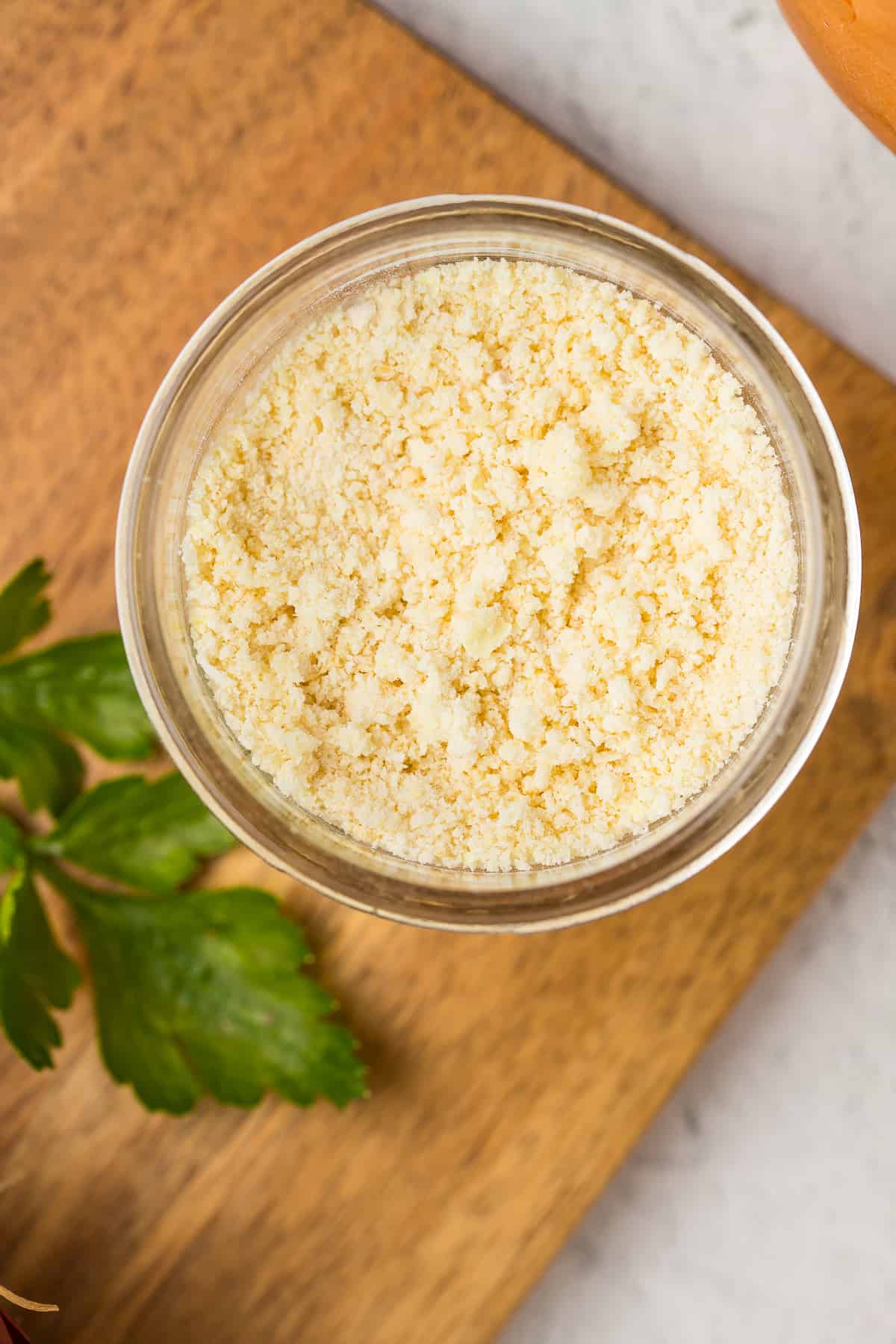
Homemade onion powder is pure magic that can be added to lots of dishes as a delicious flavor booster.
Made with dried/dehydrated onions, this is an additive-free, zero-waste kitchen hack from which dreams are made. It’s so simple to do yourself, and it tastes so much better than store-bought options.
And if you’re pressed for time, check out how to freeze onions for a speedy way to preserve this tasty ingredient.
CAN Onion POWDER BE MADE AT HOME?
Yes, and it’s so very easy to make. You basically start by dehydrating onions and then putting them in a high-powered blender or food processor. A lower-cost option would be to use a spice/coffee grinder (used only for grinding spices) or a mortar and pestle.
If your blender doesn’t have a lot of power, it’s ok, you can still make your own onion powder! You’ll just need to process the dehydrated onion longer, taking breaks to scrape down the sides of the blender and allow the powder to cool down.
This process is really similar to making homemade garlic powder.
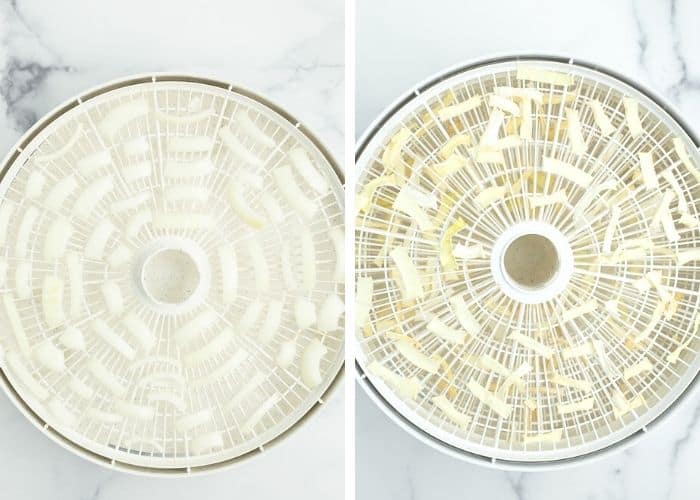
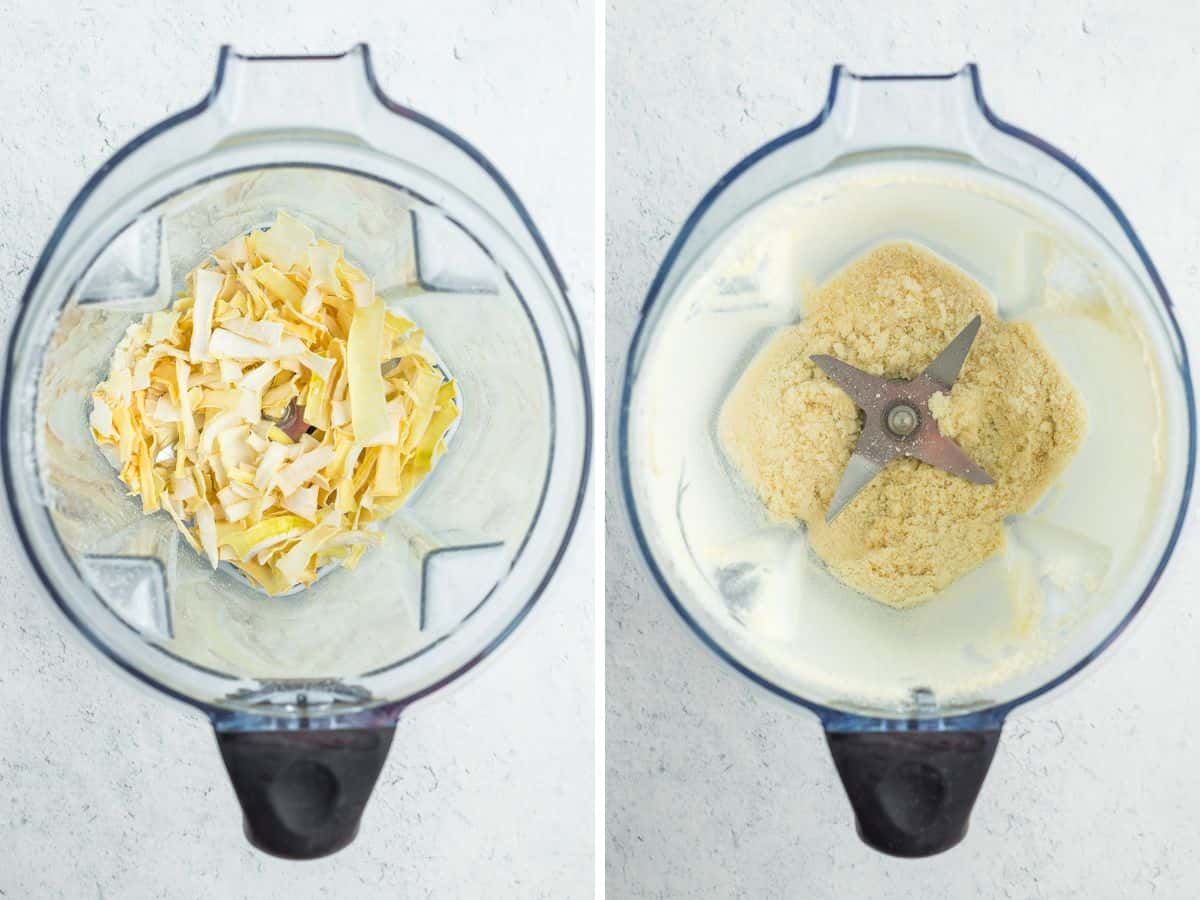
HOW TO USE Onion POWDER
It’s great to use in dishes like our Ham and Cheese Pinwheels, Stuffing Biscuits, Air Fryer Steak Bites, Greek yogurt buffalo chicken dip, Air Fryer Meatballs, Air Fryer Turkey Burgers, Air Fryer Shrimp Tacos, Gluten-Free Cheese Sauce, Air Fryer Chicken Cordon Bleu, Air Fryer Popcorn Chicken, Air Fryer Potatoes, and Yogurt Ranch Dressing.
I also love to add it to my seafood seasoning, the best seasoning for burgers, and homemade Gluten-Free Taco Seasoning.
HOW TO MAKE Onion SALT
Combine three parts salt to one part onion powder. You can use kosher salt, sea salt, or table salt. When choosing which salt to use, consider how you use onion salt in your cooking.
For me, using fine sea salt gives me more flexibility in recipes.
PRO TIPS/RECIPE NOTES
- Avoid the temptation to increase the heat on the dehydrator or oven to speed up the process. Low and slow wins in the race on this one.
- Make sure the powder is fully cooled before putting it into an air-tight container to prevent mold. As long as it is stored in a cool and dry place, your homemade onion powder will be good for years.
- Add 1/4 tsp of uncooked white rice to your storage containers. This will help absorb excess moisture and keep the onion powder from clumping together.
- As long as it is stored in a cool and dry place, your homemade onion powder will be good for years.
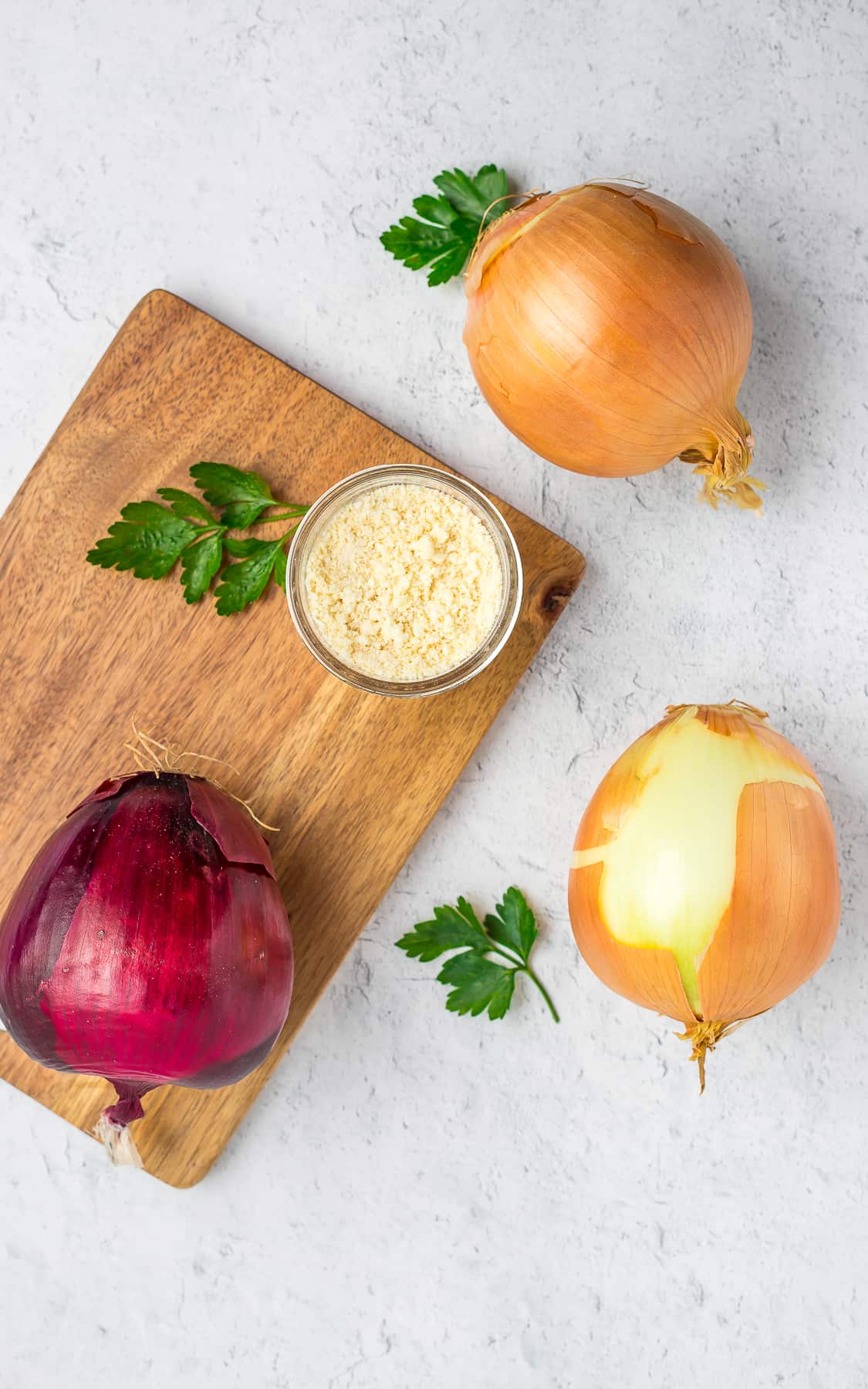
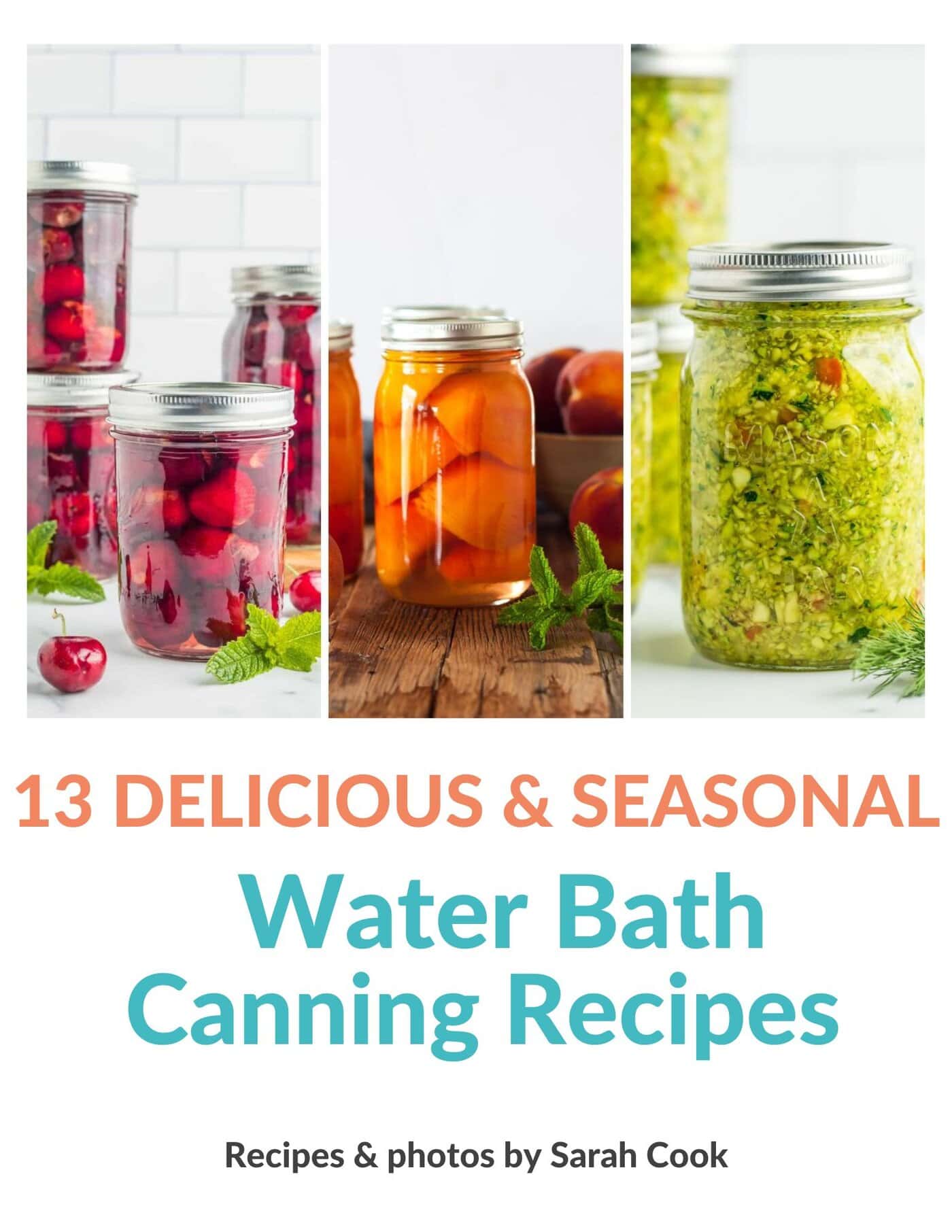
Get my Canning e-book!
It’s 51 pages of every helpful tip and trick you could want as a brand new canner, AND it includes 13 ad-free canning recipes that are designed to take you from novice to pro.
How to Make Onion Powder
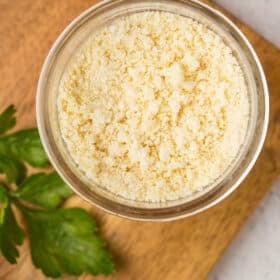
Ingredients
- onions
Instructions
Dehydrating Onions
- Remove the tops and skins.
- Cut in half and then make slices ~3/8 inches thick.
- Arrange the slices on your dehydrator so that there is space around each slice, and the slices are not touching.
- Set your dehydrator to the "fruit/vegetables" setting (or 135˚F degrees).
- Rotate trays every few hours.
- Onions are ready when pieces of them break or snap instead of bend. If your pieces are thinner, they will feel papery when ready. (6-12 hours depending on conditions)
Making Onion Powder
- Add dehydrated onion to a high-powered blender or food processor or spice grinder and process until the dried onion is a fine powder.
- The length of time this part of the process takes will depend on the blending/grinding equipment you use. You may need to sift the powder a few times.
How to Store Onion Powder
- Make sure the powder is fully cooled before putting it into an air-tight container to prevent mold.
- (optional) Add 1/4 tsp of uncooked white rice to your storage containers. This will help absorb excess moisture and keep the onion powder from clumping together.
Notes
- As long as it is stored in a cool and dry place, your homemade onion powder will be good for years.
- If you make more onion powder than you anticipate using in a year, consider freezing the extra to preserve the freshness.
- If your blender doesn’t have a lot of power, it’s ok! You’ll just need to process the dehydrated onion longer, taking breaks to scrape down the sides of the blender and to allow the onion powder to cool down.
- Follow the cutting instructions above and then place onion slices on baking drying racks set on baking sheets.
- Place in the oven at the lowest temperature possible (usually 140-170˚F degrees) and prop open the door with the handle of a wooden spoon. This allows condensation to escape instead of just settling back onto the onions.
- Bake for 5-8 hours.
Nutrition
Nutrition information is automatically calculated, so should only be used as an approximation.
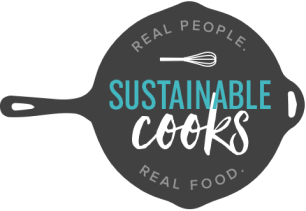
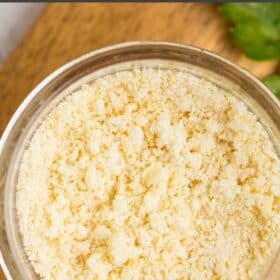
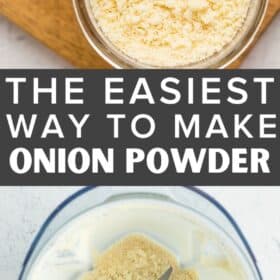
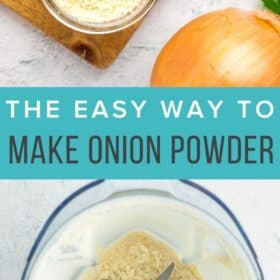
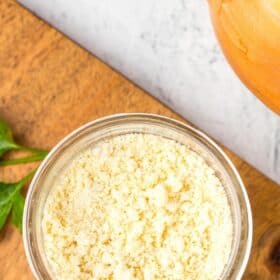
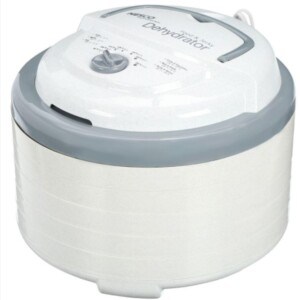
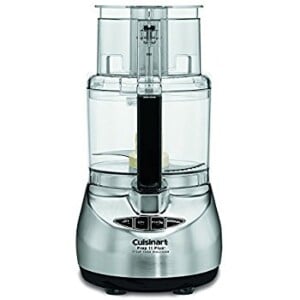
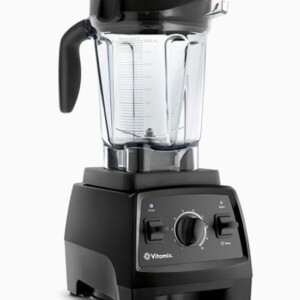
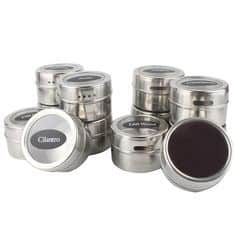
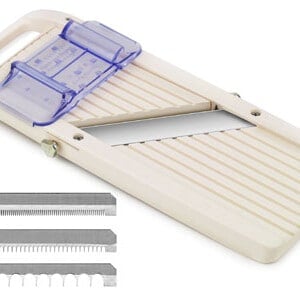

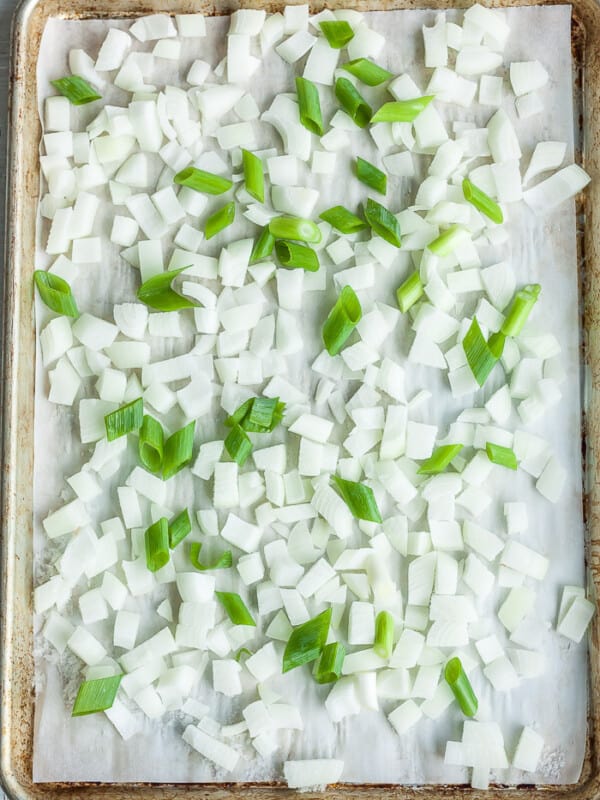
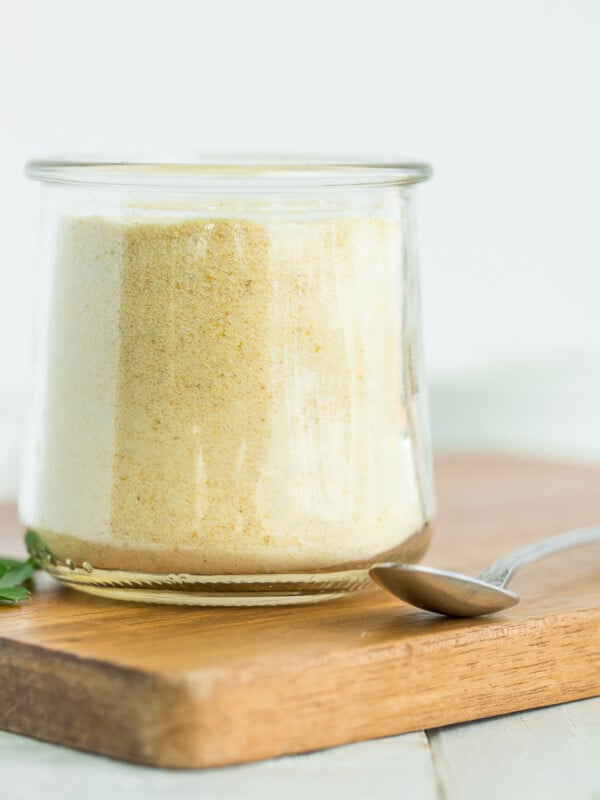
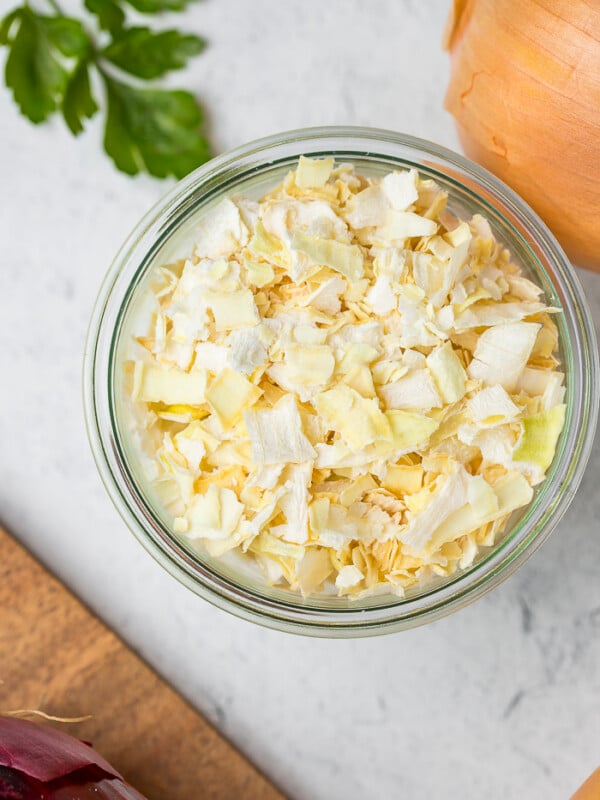
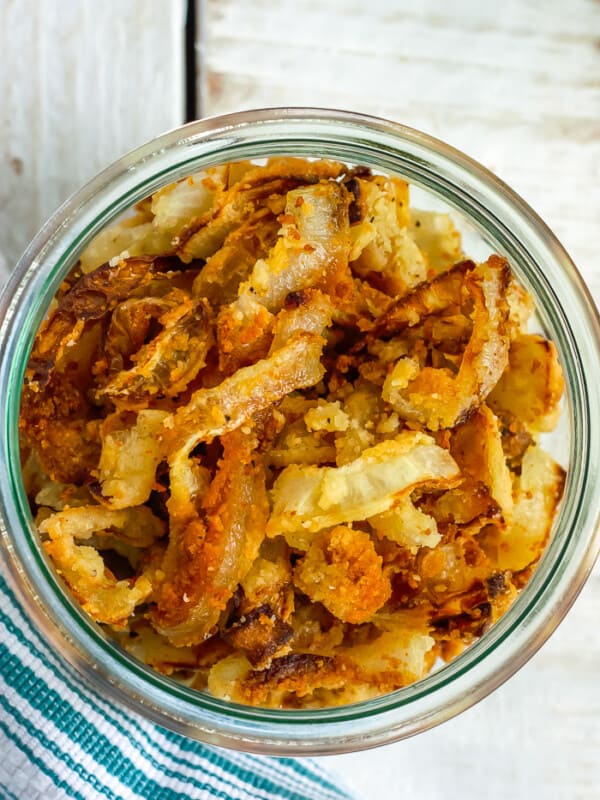

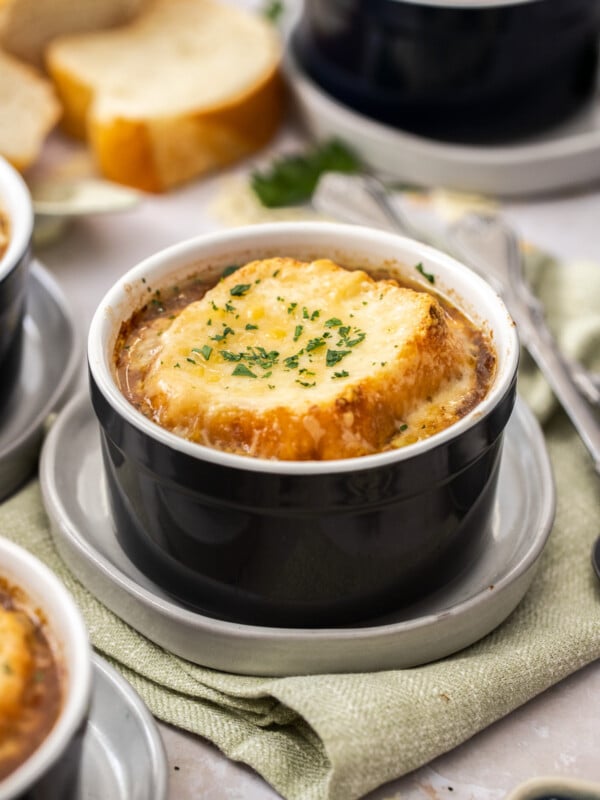






Could I use minced or diced dried onion instead?
Do you mean store bought dried onion? Yes, you absolutely could!
My recipe starts with minced/diced onion that I dried myself, but I don’t see why store bought wouldn’t work.
Genius -easy cheap and makes so much!
Cheap and easy; that’s always my goal! 🙂